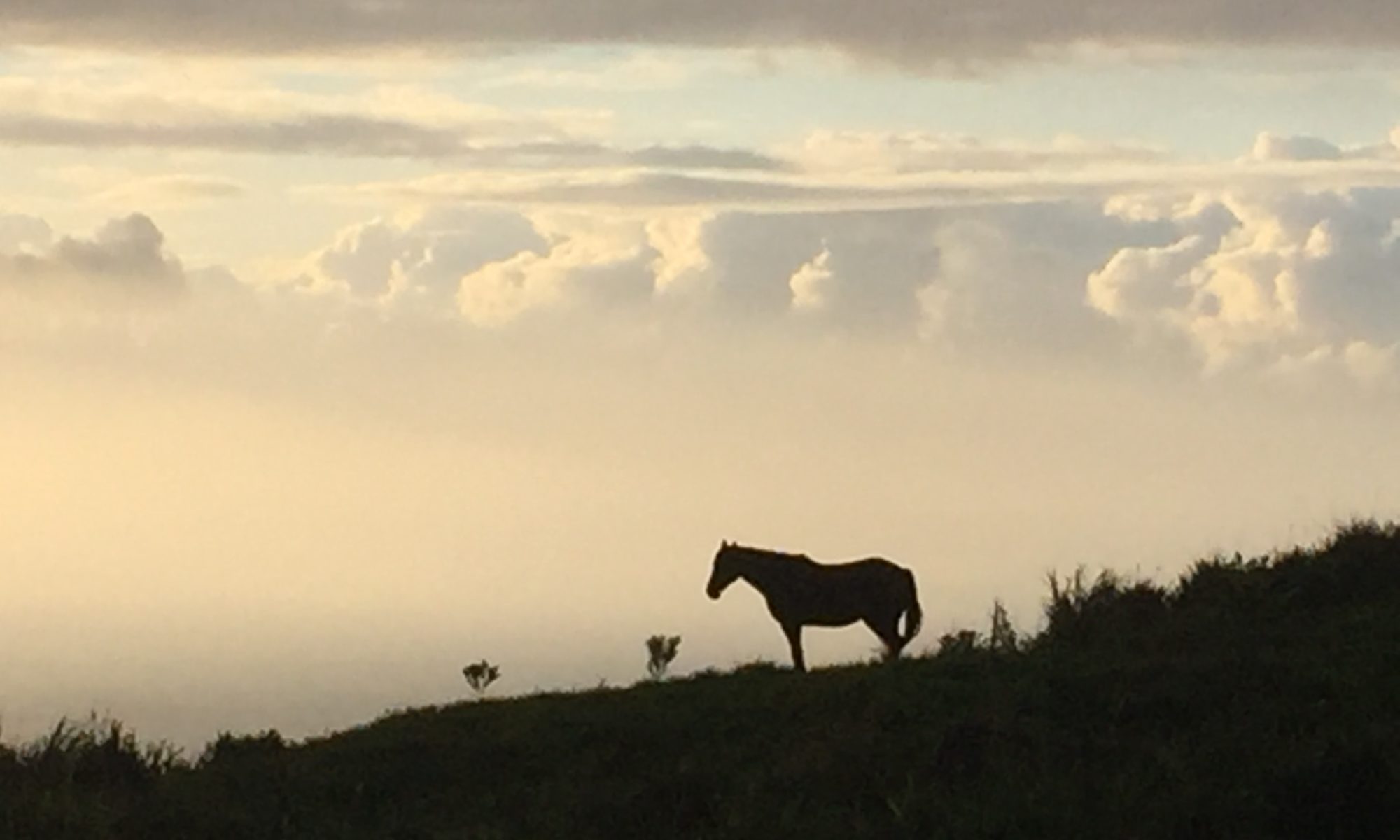Some notes about our friend Richard Taylor
“Hello, Beauty!” was the way Richard often greeted me, which embarrassed me, but I knew he meant it as a general greeting to the world and all its wonders. I am going to miss him saying that now, so I guess I will have to say it to the world myself.
Nearly fifty years ago now I went to the Buddhist funeral service for my cousinʻs Japanese grandmother in the little neighboring town of Pahala. I remember the priest saying that life and death are just two sides of the same coin. Our dear friend Richard Taylor has passed from this world of the living, but he is still here, still part of the same coin, but on the dark side of it.
Richard had health troubles for the last few years but he was tough as nails and pulled through many a dire episode. The last time I saw him, just a few weeks ago, he looked pale but also radiantly happy as he took a new friend to see the green pastures and beautiful vistas of the upper road, where I live. We serendipitously happened upon each other and it was a joy and a privilege.
That is how Richard and I became friends, we happened upon each other at a community meeting about agriculture almost a decade ago. He got up to speak about being new in the area, but wanting to help, and his incisive, original intelligence and compassion were unmistakable. I did not run into him again for months but our friendship was almost inevitable. We had a lot in common – in our love of animals and wide, open spaces, solitude and poetry, simple things and circuitous thoughts; in being misfits and obsessive questioners. I got to know him slowly over the years. We would visit with each other a handful of times a year.. And he would send me beautiful snippets of things by email. I am grateful that he posted a few examples of his thoughts here on this blog.
He often told me that he saw my writing as “someone sitting in the dark scratching wires together, looking to create a spark.” Which of course is how I would also describe him. We both loved the dark, and all the sparkling things (and the owls) that come out in the dark. His certainly was a sparkling mind.
And that is what life itself is, a sparkling thing that we are born into – thrown into an obstacle course that we try to figure out as we go along, and by the time we think we have mastered the obstacles, we realize that the obstacles actually donʻt matter that much – the most important parts, the eternal parts, are the little things actually. Itʻs the friends and the shining moments, not the jobs and achievements.
We also shared the complicated feeling of being horrified by the world even while being madly in love with it. Emblematic of that was the day I managed to have some time to visit him at his house, which like mine, is a bit of expedition to get to. It happened to be February 14, 2018. He was pleased that I had come to visit him on Valentineʻs Day. He had the TV on in his living room but with the sound off, and as we talked I caught glimpses of the events at Marjorie Stonemason Douglas High School unfolding. Footage of SWAT teams and frightened kids. It was difficult to talk to each other but it also didnʻt seem right to turn it off. We often talked of the dark things happening in the world and how powerless we felt to address them. And yet we both felt a responsibility to try, in whatever way we could.
I believe that was also the first time he showed me his extraordinary photographs of the owls that lived around his house. He told me about his many amazing encounters with them. How he would put out rats and mice that he had caught for them, and how they had become comfortable with him, as comfortable as wild owls can be, anyway. He learned about their habits and where they lived, as individuals and as families. How they had a language together. How they felt of each other, minded each other. He was their friend. I know they will be missing him too.










